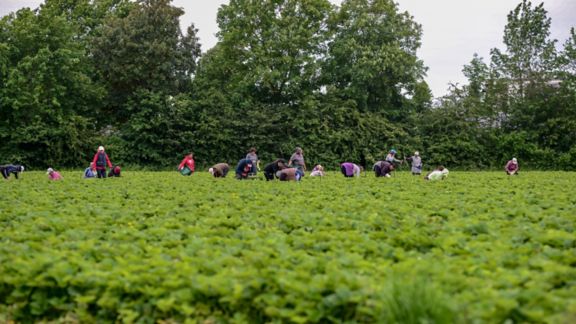National Survey on Teen Relationships and Intimate Violence (STRiV)

Problem
There is a need for nationally representative data on dating relationship abuse from early through late adolescence.
NORC designed and conducted a household cohort study to generate longitudinal nationally representative estimates of the prevalence of multiple forms of intimate partner violence (IPV) – perpetration and well as victimization – in the dating relationships of youth and young adults across demographic subgroups, and critical issues of context, frequency, and severity.
Solution
Addressing adolescent relationship abuse requires behaviorally based measures of abuse as well as attention to risk and protective factors.
With funding from NIJ, Principal Investigators Elizabeth Mumford, Bruce Taylor, and Weiwei Liu (at NORC), Jennifer Copp (Florida State University), and Peggy Giordano (Bowling Green State University) have collaborated to develop the longitudinal measurement of youth attitudes, relationships, and behavior experiences. Over six waves, adolescents (ages 10-18 at baseline in 2013) were followed, with additional input at each wave from a parent-caregiver regarding their own relationships and their relationship with their participating child.
Result
STRiV research generated extensive data and publications on dating abuse and its related outcomes and consequences.
STRiV research has generated numerous studies on dating abuse, sexual harassment, sexual assault, stalking and cyberbullying, while examining key proximal and distal factors such as peer relationships, conditional tolerance for dating violence, the dynamics of current and past dating relationships, parenting profiles, parent communications about healthy relationships, and parents’ own experiences of IPV. Moreover, through the integration of census and FBI data, STRiV analyses have examined key study outcomes in the context of neighborhood crime, income inequality, and gender equality across the U.S.
Related
Project Leads
-
Elizabeth Mumford
Senior FellowPrincipal Investigator -
Bruce Taylor
Senior FellowProject Director & Senior Staff -
Weiwei Liu
Principal Research ScientistSenior Staff







